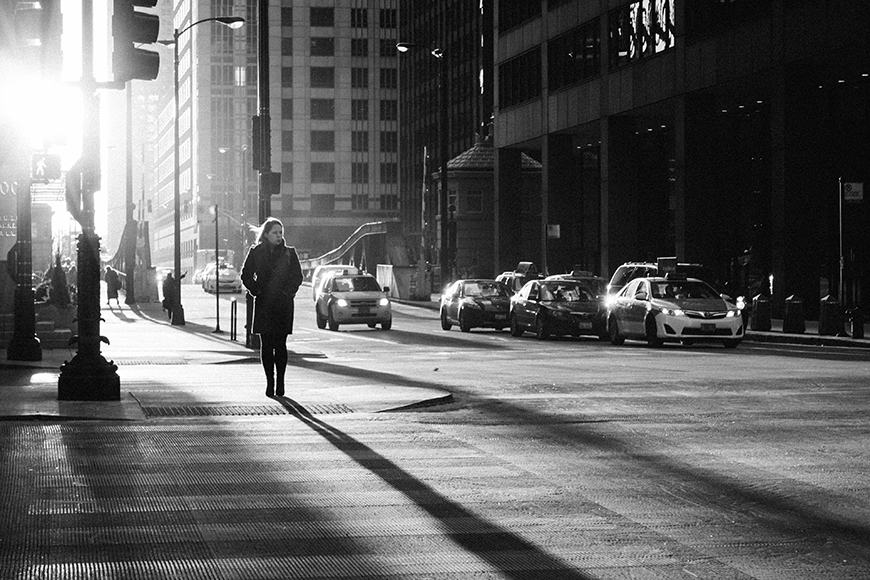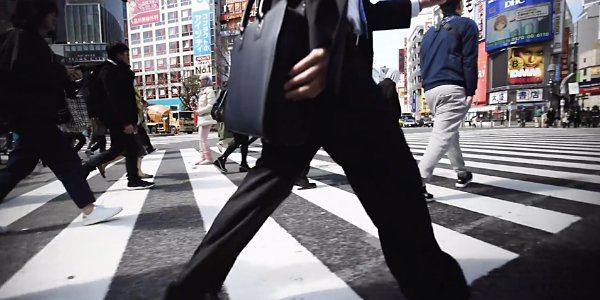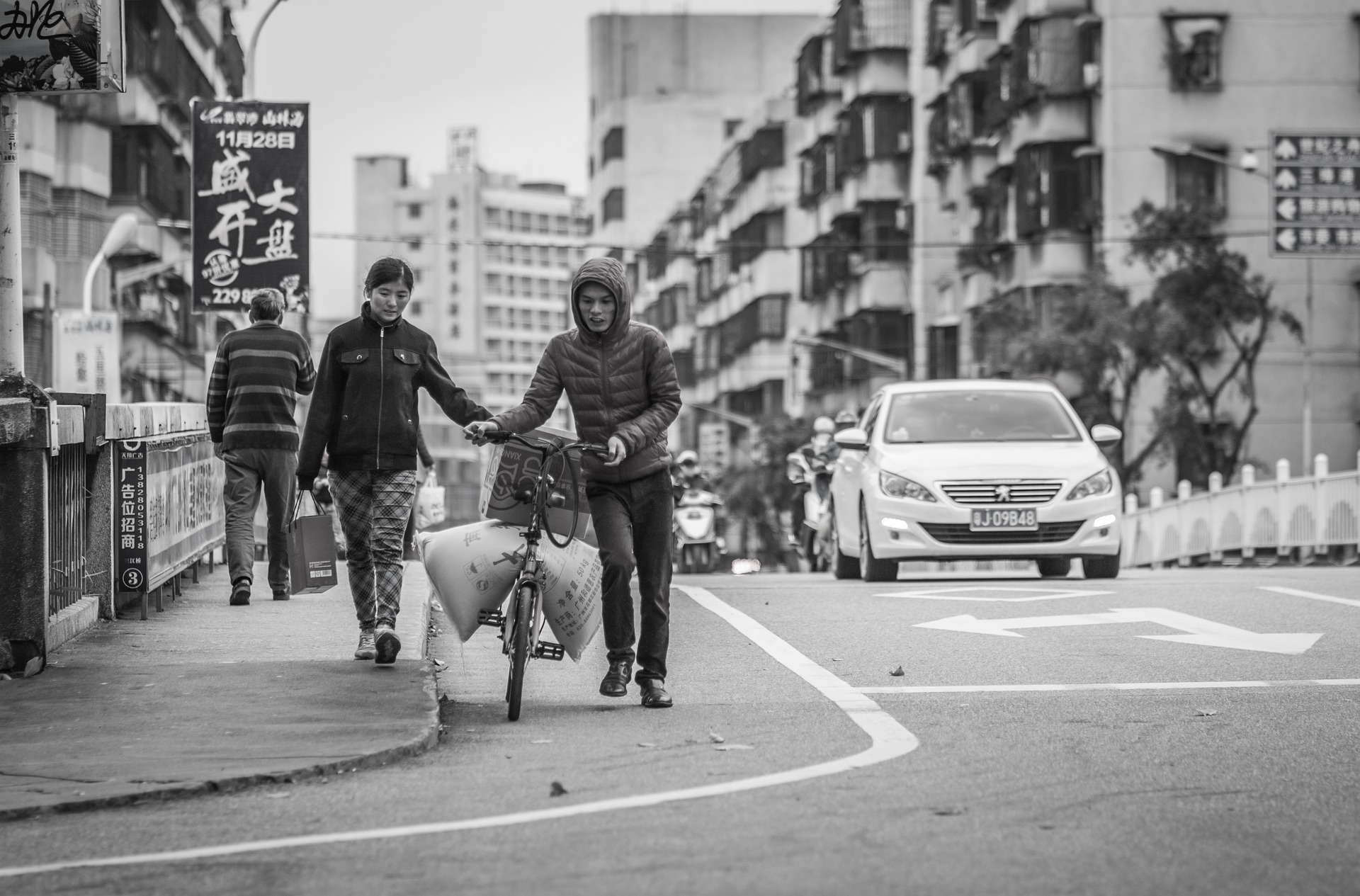The Ultimate Guide To Street Photographers
The 6-Second Trick For Street Photographers
Table of ContentsNot known Facts About Street PhotographersSome Known Questions About Street Photographers.The Ultimate Guide To Street PhotographersFascination About Street PhotographersThe 20-Second Trick For Street Photographers
, a category of photography that documents everyday life in a public area. The very publicness of the setup allows the professional photographer to take honest images of unfamiliar people, commonly without their understanding. Road digital photographers do not necessarily have a social objective in mind, but they favor to isolate and catch moments which may or else go unnoticed.Though he was affected by most of those who affected the street professional photographers of the 1950s and '60s, he was not chiefly thinking about capturing the spirit of the street. The impulse to aesthetically document people in public began with 19th-century painters such as Edgar Degas, douard Manet, and Henri de Toulouse-Lautrec, that functioned side by side with photographers attempting to capture the significance of city life.
Unlike Atget, photographer Charles Marville was hired by the city of Paris to create an encyclopaedic document of Haussmann's urban planning project as it unravelled, hence old and brand-new Paris. While the photographers' subject was essentially the very same, the outcomes were considerably different, demonstrating the influence of the digital photographer's bent on the personality of the images he produced.
The Single Strategy To Use For Street Photographers
Given the great top quality of his photographs and the breadth of material, designers and musicians often bought Atget's prints to use as recommendation for their very own job, though commercial interests were barely his major inspiration. Rather, he was driven to photograph every last remnant of the Paris he loved.

Unlike his peers, Brassa used a larger-format Voigtlnder camera with a much longer exposure time, requiring him to be more calculated and thoughtful in his technique than he might have been if utilizing a Leica. (It is assumed that he may not have actually had the ability to afford a Leica during that time, yet he did, however, make use of one in the late 1950s to take colour photographs.) Brassa's photographs of the Paris abyss brightened by synthetic light were a discovery, and the collection of the collection that he published, (1933 ), was a major success.

Some Ideas on Street Photographers You Should Know
It is because of this essential understanding of the art of image taking that he is frequently attributed with discovering the tool all over again roughly a century considering that its development. He took pictures for greater than a half century and influenced generations of photographers to trust their eye and intuition in the moment.
These are the concerns I will try to address: And afterwards I'll leave you with my very own definition of road photography. Yes, we do. Allow's kick off with specifying what an interpretation is: According to it is: "The act of defining, or of making something definite, distinct, or clear".
No, most definitely not. The term is both limiting and misguiding. Seems like a street photography ought to be photos of a streets right?! And all street photographers, with the exception of a tiny number of outright newbies, will fully appreciate that a road is not the crucial element to road digital published here photography, and really if it's an image of a road with perhaps a few monotonous individuals doing absolutely nothing of passion, that's not road photography that's a photo of a street.
The 6-Second Trick For Street Photographers
He makes a valid factor do not you assume? While I agree with him I'm not certain "honest public digital photography" will certainly catch on (although I do kind of like the term "candid photography") because "road photography" has been around for a lengthy time, with numerous masters' names connected to it, so I think the term is here to remain. Street Photographers.
Inside?! I hear you shout as you tremble your hand to the skies. Why not? You can contend the beach, at an event, in an alley, in a park, in a piazza, in a coffee shop, at a gallery or art gallery, in a city terminal, at an occasion, on a bridge, under a bridge ...
Yes, I'm scared we have no selection! Without regulations we can not have dig this an interpretation, important link and without a meaning we don't have a style, and without a genre we don't have anything to define what we do, and so we are stuck in a "guidelines definition style" loophole! And no-one intends to get stuck in a loop. - Street Photographers
